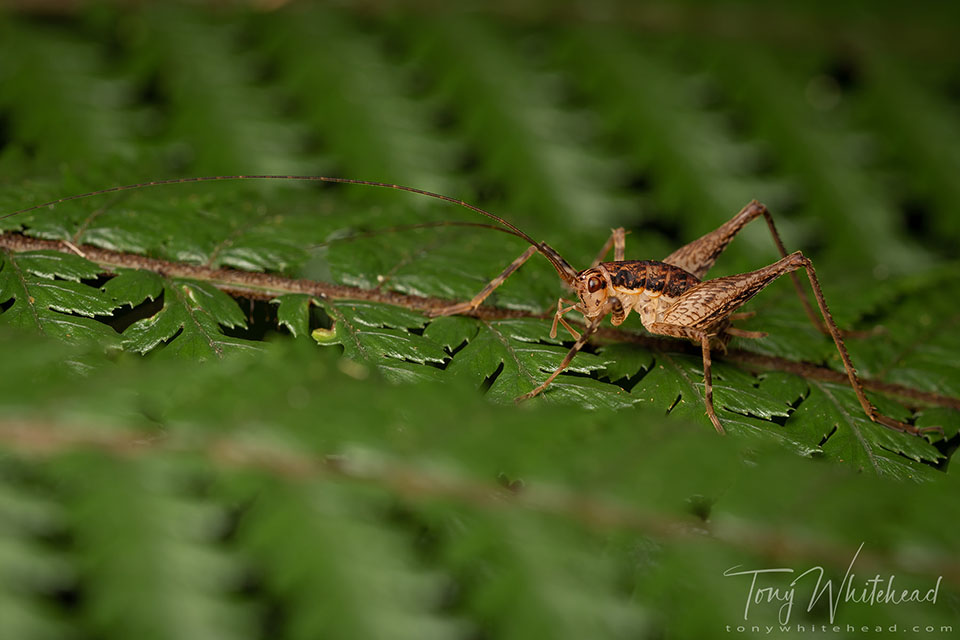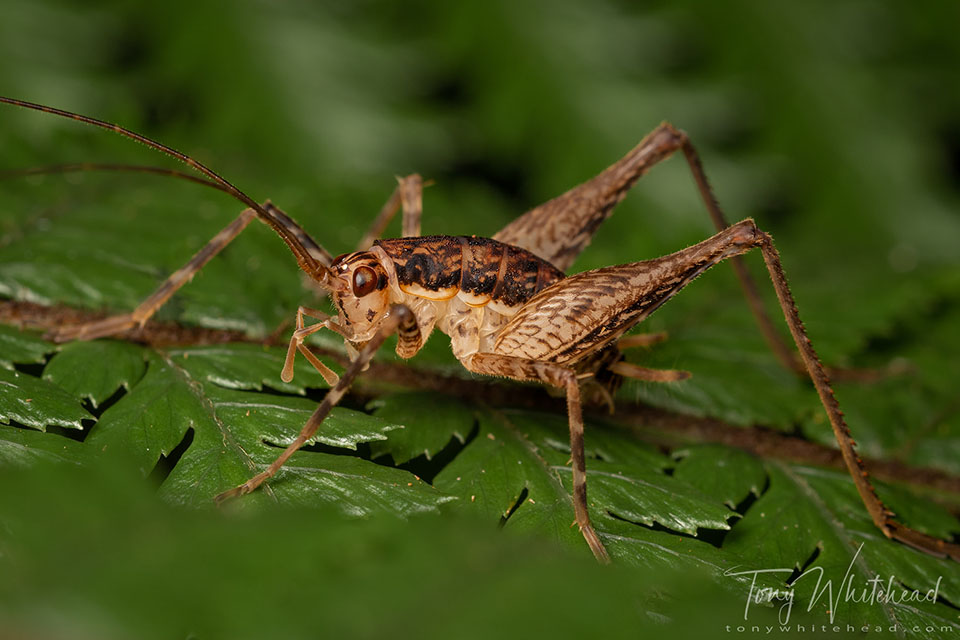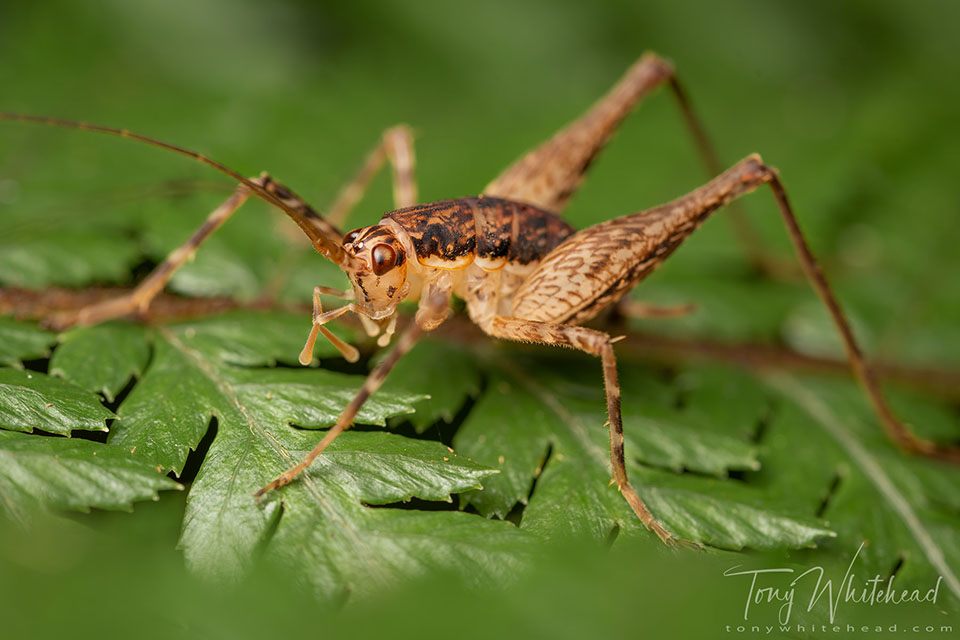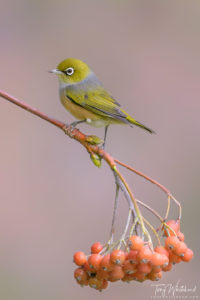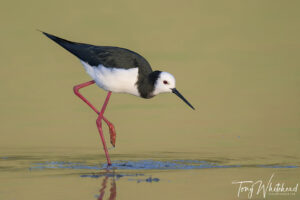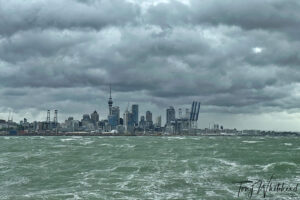I have written previously on the advantages of a high resolution full frame sensor for bird photography. High resolution full frame sensors offer similar benefits with macro photography allowing more cropping options. My macro journey to date has included investigating gear options that suit this genre of photography. There is a lot of information on the internet but as always there is also a lot of misinformation.
Crop factor sensors are at times touted as more useful for macro as it can be easier to fill the frame. Some sites even suggest that they enable a 1:1 macro lens to give you 1.5:1 reproduction ratio for DX or 2:1 for MFT sensors! Suffice it to say that sensor size doesn’t alter the dimensions of the image projected onto it by the lens. A 1:1 macro lens can only project a life size image regardless of sensor size.
Increased depth of field is also promoted as an advantage of crop sensors in some places despite the depth of field being a consequence of lens focal length, aperture and subject distance and unrelated to sensor size. The confusion arises because a shorter focal length lens on a crop sensor gives the field of view of a longer lens on a larger sensor and it is the longer focal length lens that narrows depth of field. If it were related to sensor size , cropping a full frame sensor image in photoshop would magically create an image with a greater depth of field.
I started working with both Nikon D850 and D500 DSLR bodies and Nikon 60mm micro, 105mm AFD micro and Tamron 90mm macro lenses. The large viewfinder of the full frame D850 was a much nicer tool to work with but macro highlighted the benefit of mirrorless bodies as focus peaking with manual focus with an electronic viewfinder (EVF)is much easier to gauge than with an optical view finder (OVF). Macro is the one genre of photography where the EVF is a really big advantage. Success rates with image stacks for focus stacking is much higher, sequential images being more precise and accurate. This raised the question of whether a cheap entry level mirrorless would be the best option for a dedicated macro setup. I found though that the lovely high resolution, high dynamic range D850 files much nicer to work with and more flexible than the D500 files.
By way of illustration, the image heading the post was shot with the Nikon D850 and Tamron 90mm macro lens and shows a young tree weta including most of its long antennae. This following image is a crop from that file which shows dew drops forming on the weta and provides a native file suitable to print an 8×12 inch print at 300ppi.
Having been shot at a longer working distance there is more depth of field showing sharp eyes, thorax, palps and hind leg. Achieving similar framing by moving closer results in a much shallower depth of field in this next image shot with the same gear. Only the eyes, near palp and front of the thorax are sharp in this image and a series of focus stacked images would be needed to achieve more of the subject in focus.
There are benefits to moving closer, specifically with regards to lighting and subject isolation from the background. The nearer light source is relatively larger so softer and the narrower depth of field softens the background improving subject separation. My point is that a high resolution full frame sensor offers more versatility and keeps more options open in post production and so is the route I haven chosen to take in creating a macro kit. I will share more on my macro gear journey in future posts.
Photos with Nikon D850 and Tamron SP90mm F017 macro lens
